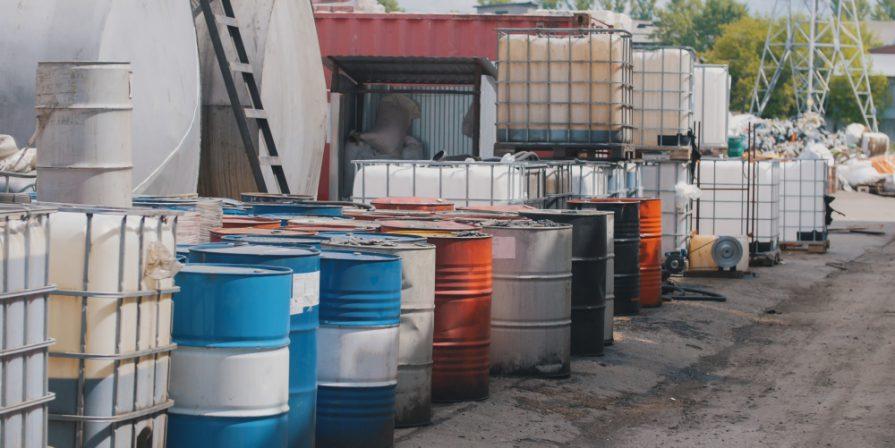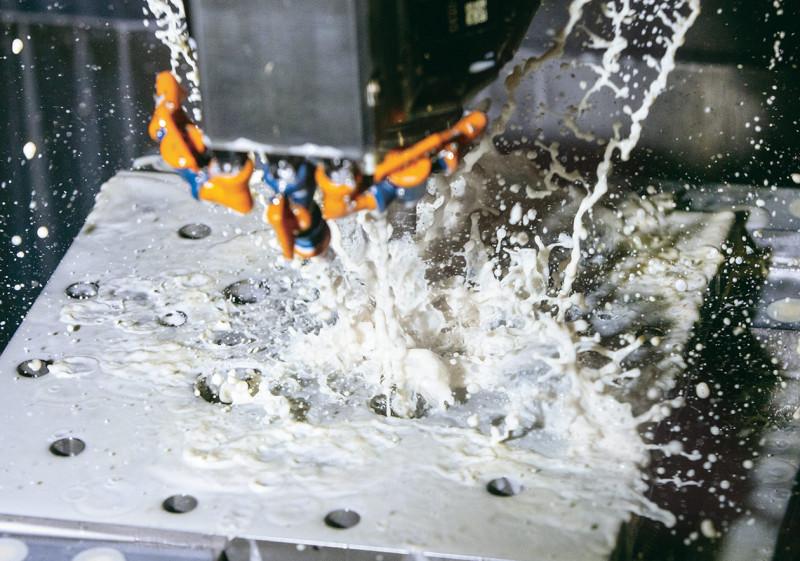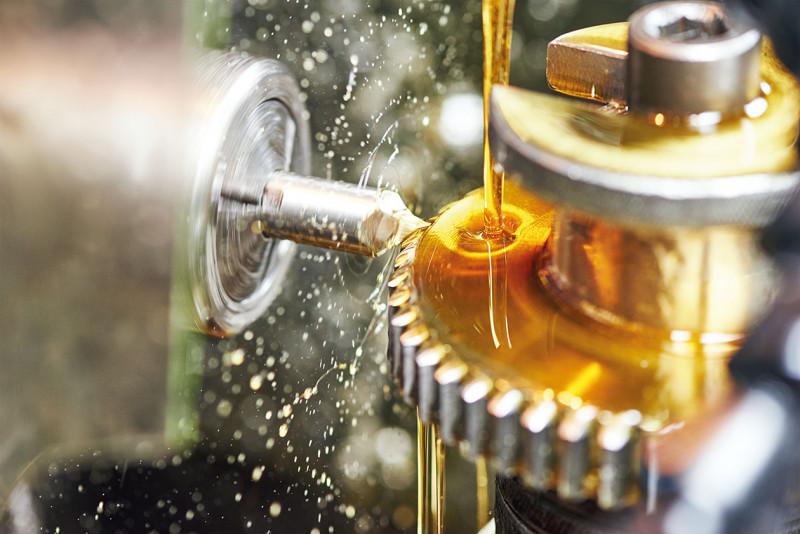« Proper Disposal of Used Coolants »
Metalworking relies heavily on the use of coolants. These cooling lubricants prevent tools from overheating and help remove debris from the work area. Even with proper maintenance, coolants eventually lose their effectiveness and must be replaced. When disposing of used coolants, compliance with all legal regulations is essential.
Types of Coolants
Different manufacturing processes require distinct types of coolants, which are categorized as water-miscible and non-water-miscible.
Water-miscible coolants enhance the cooling effect of water. Oil is added to the water to provide lubrication, with an emulsifier enabling water and oil to mix, forming an emulsion often referred to as cutting fluid. Emulsions require additives to prevent bacterial growth, provide corrosion protection, and maintain necessary chemical and physical properties.
To prevent bacterial contamination, provide corrosion protection, and ensure the required chemical and physical properties, emulsions need additives. These substances are referred to as additives. Non-water-miscible cooling lubricants primarily serve for lubrication. The resulting reduction in friction leads to a reduction in heat generation.
Non-water-miscible coolants primarily serve lubrication purposes, by reducing friction and minimizing heat generation. These coolants are typically based on mineral or vegetable oils, with additives to enhance their performance.
Special Rules for Handling and Disposal
Used coolants are classified as hazardous waste, therefore, safe handling and proper disposal require understanding the specific properties of the substances used. Manufacturers and suppliers provide safety data sheets for each product, detailing hazardous characteristics and disposal guidelines. Only certified companies are authorized to dispose of such substances. They operate under strict oversight from regulatory authorities and must demonstrate their qualifications.
These companies operate under strict oversight from regulatory authorities and must demonstrate their qualifications..
Disposal begins with the separate collection and storage of waste materials. Storage facilities must meet technical standards that protect the environment, ensuring no substances leak into the ground or sewage systems. Collection containers are typically placed in catch basins or use double-walled designs to prevent leaks.
Extending Coolant Lifespan Through Maintenance
Coolants accumulate debris, fine particles, dust, and tramp oils during use. Water-miscible emulsions lose water through evaporation, requiring regular monitoring. During extended downtimes, bacteria can develop in emulsions, while non-water-miscible coolants may absorb water from the environment, causing operational issues. These factors limit the useful life of coolants.
Reducing waste takes priority over disposal. Proper maintenance can significantly extend coolant lifespan. Filters remove solid contaminants, and oil separators or skimmers extract tramp oils from the surface.
Proper Disposal of Coolants
Non-water-miscible coolants are ordinarily combustible and are often used to generate heat energy. Alternatively, they can be refined through repeated distillation to separate components to reuse in new lubricants. Coolant emulsions, which contain over 90% water, are processed to remove the water, recovering it as reusable gray water through methods collectively referred to as emulsion separation.
Residual materials from these processes may still require disposal, often through energy recovery. Water recovery methods include physical-chemical emulsion separation, vacuum distillation, or membrane filtration. For operations generating over 35,000 gallons of emulsion annually, investing in such on-site technology can significantly reduce disposal costs and transportation efforts.
Physical-Chemical Emulsion Separation
This method introduces substances that disrupt emulsifiers, causing the components to separate. Water settles at the bottom, while oil forms a distinct layer on top. These layers are then mechanically separated using oil separators or centrifuges.
Vacuum Distillation
Vacuum distillation exploits the varying boiling points of the components. Heating causes evaporation, with the resulting vapor containing a higher water concentration than the liquid. The vapor is collected and condensed, releasing stored heat. By operating under varying pressures, different boiling points facilitate energy recovery. Evaporation occurs under a vacuum, and condensation takes place at normal pressure in separate chambers, with residual oil being mechanically removed from the vapor.
Membrane Filtration
Membrane filters retain large oil molecules while allowing water to pass through. During this high-pressure process, the water can be reused or safely discharged into the sewage system.
Regulations for Coolant Disposal
Disposing of coolants in the United States is subject to stringent legal requirements to ensure environmental and health protection. Federal and state regulations define who may dispose of waste and the methods to be used. Certified companies must provide certification to provide proper waste management.
Regulatory guidelines from the Environmental Protection Agency (EPA) and Occupational Safety and Health Administration (OSHA) provide detailed information on the legal requirements and disposal methods for coolants. These guidelines offer valuable assistance in developing effective waste management strategies for businesses.
 Kluthe Magazine
Kluthe Magazine


